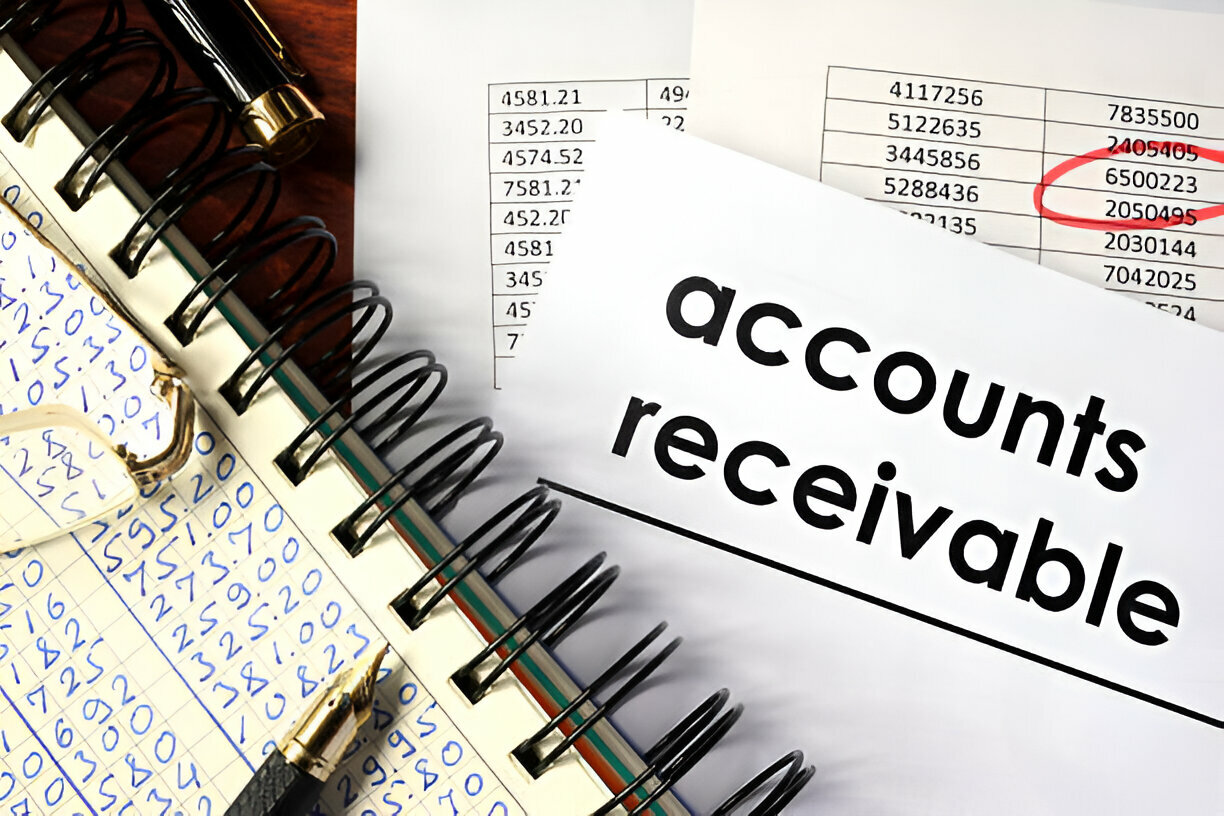Account receivable formulas are essential tools for finance professionals to effectively manage and analyze a company’s receivables. These formulas help to evaluate the efficiency of credit policies, monitor cash flow, and assess the financial health of a business.
In this tutorial, we’ll explore ten key account receivable formulas that every finance professional should know.
1. Accounts Receivable Turnover Ratio: This formula measures how efficiently a company collects its outstanding receivables during a specific period.

2. Average Collection Period: This formula determines the average number of days it takes for a company to collect its accounts receivable.

3. Days Sales Outstanding (DSO): DSO calculates the average number of days it takes to collect payment after making a sale.

4. Aging of Accounts Receivable: This formula categorizes accounts receivable by the length of time they have been outstanding, helping to identify potential collection issues.

5. Bad Debt Expense Ratio: This ratio assesses the proportion of credit sales that a company expects will not be collected.

6. Allowance for Doubtful Accounts Ratio: This ratio compares the allowance for doubtful accounts to the total accounts receivable, indicating the adequacy of the allowance.

Want to learn some savvy accounts payable Excel tips and tricks? Check out this tutorial article.
7. Collection Effectiveness Index (CEI): CEI measures the effectiveness of the company’s accounts receivable collections efforts.

8. Percentage of Credit Sales Method: This method estimates the amount of bad debt expense by applying a predetermined percentage to total credit sales.

9. Cash Receipts from Customers: This formula calculates the cash received from customers, which may differ from total sales due to credit sales.

10. Days Delinquent Sales Outstanding: DSO Delinquent calculates the average number of days delinquent sales are outstanding, indicating the effectiveness of collections efforts.

Mastering these account receivable formulas empowers finance professionals to analyze receivables efficiently, identify potential issues, and make informed decisions to optimize cash flow and financial performance. By leveraging these formulas effectively, businesses can improve collections, mitigate risks, and maintain healthy financial stability.
To further automate your Account Receivable processes, click here to get started with Duplo.




